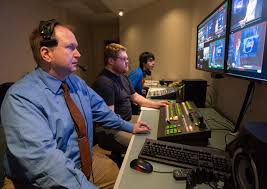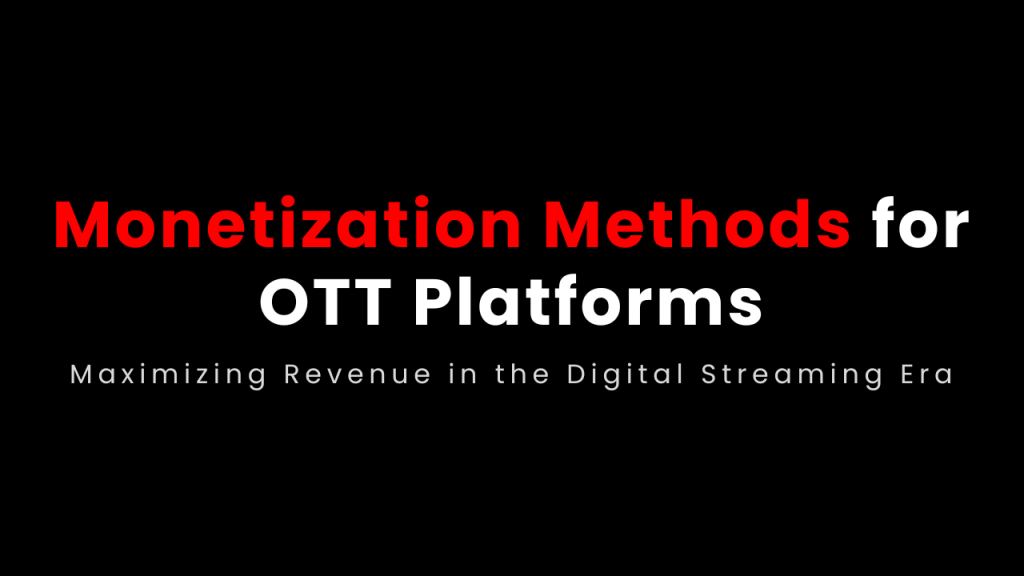Career Paths in Broadcasting

Key Career Areas:
On-Air Talent
News Anchors and Reporters: Present news stories and conduct interviews; work in local, national, or international news networks.
Radio Hosts and DJs: Engage audiences through music, talk shows, and news segments; create a connection with listeners.
Production Roles
Producers: Oversee the production process, manage budgets, schedules, and ensure the program meets its vision and goals.
Directors: Responsible for the creative vision of a broadcast, guiding the actors and crew to deliver a cohesive product.
Technical Positions
Camera Operators: Operate cameras and capture video footage for live broadcasts or recorded programs.
Audio Engineers: Manage the sound quality and audio mixing during production and post-production.
Editing and Post-Production
Video Editors: Assemble and edit footage to create polished final products.
Sound Designers: Focus on enhancing sound quality and integrating sound effects and music into productions.
Broadcast Management
Station Managers: Oversee all aspects of broadcasting operations, from programming to financial management.
Marketing and Promotions: Develop and implement marketing strategies to promote broadcast content and engage audiences.
Emerging Areas
Digital Content Creators: Develop and produce content for online platforms and social media.
Data Analysts: Analyze audience measurement and ratings data to guide programming and marketing decisions.
2. Building a Portfolio and Résumé for Broadcasting Careers
Creating an Effective Résumé:
Format: Use a clean, professional format with clear headings and bullet points for easy readability.
Contact Information: Include your name, phone number, email address, and relevant online profiles (e.g., LinkedIn, personal website).
Objective Statement: Write a brief summary highlighting your career goals and what you bring to potential employers.
Experience: List relevant work experience, internships, or volunteer positions, emphasizing your contributions and achievements.
Education: Include your educational background, focusing on relevant degrees or certifications.
Developing a Portfolio:
Showcase Your Work: Include samples of your work (e.g., video clips, written articles, audio segments) that demonstrate your skills and versatility.
Diversity of Content: Present a range of content types (news reports, entertainment segments, promotional pieces) to showcase various skills.
Online Portfolio: Create a professional website or use platforms such as YouTube or Vimeo to host your work, making it easily accessible to employers.
3. Networking Strategies within the Industry
Importance of Networking:
Building relationships in the broadcasting industry can lead to valuable opportunities, collaborations, and mentorships.
Effective Networking Strategies:
Attend Industry Events: Participate in conferences, workshops, and seminars to connect with professionals and stay updated on industry trends.
Join Professional Organizations: Consider becoming a member of professional bodies such as the National Association of Broadcasters (NAB) or local broadcasting associations.
Utilize Social Media: Engage with industry professionals on platforms like LinkedIn and Twitter. Follow relevant organizations and participate in discussions to increase visibility.
Informational Interviews: Reach out to professionals for coffee chats or virtual meetings to seek advice and insights about their career paths.
Maintain Relationships:
Follow Up: After meeting someone, send a personalized thank-you note or message that references your conversation.
Stay Connected: Regularly share updates on your work and projects with your network to keep relationships active and meaningful.
4. Technical Skills Development
Importance of Technical Skills:
In a rapidly evolving industry, developing technical skills in broadcasting is essential for career advancement and adaptability.
Key Technical Skills to Focus On:
Camera Operation: Understanding different cameras, their settings, and techniques to capture quality footage.
Audio Engineering: Learning how to use audio equipment, including microphones, mixers, and editing software.
Video Editing Software: Proficiency in industry-standard editing software such as Adobe Premiere Pro, Final Cut Pro, or Avid Media Composer.
Live Broadcasting Techniques: Familiarization with live production tools, mixing to various camera angles, and using broadcast graphics software.
Digital Media Proficiency: Developing skills in creating and managing digital content for online platforms, understanding SEO (Search Engine Optimization) strategies, and audience engagement metrics.
Continued Education and Training:
Workshops and Online Courses: Engaging in professional development opportunities such as workshops, webinars, and online courses related to broadcasting technology and techniques.
Hands-On Experience: Gaining practical experience through internships, volunteer opportunities, or freelance projects, which will reinforce your technical skills and enhance your portfolio.


